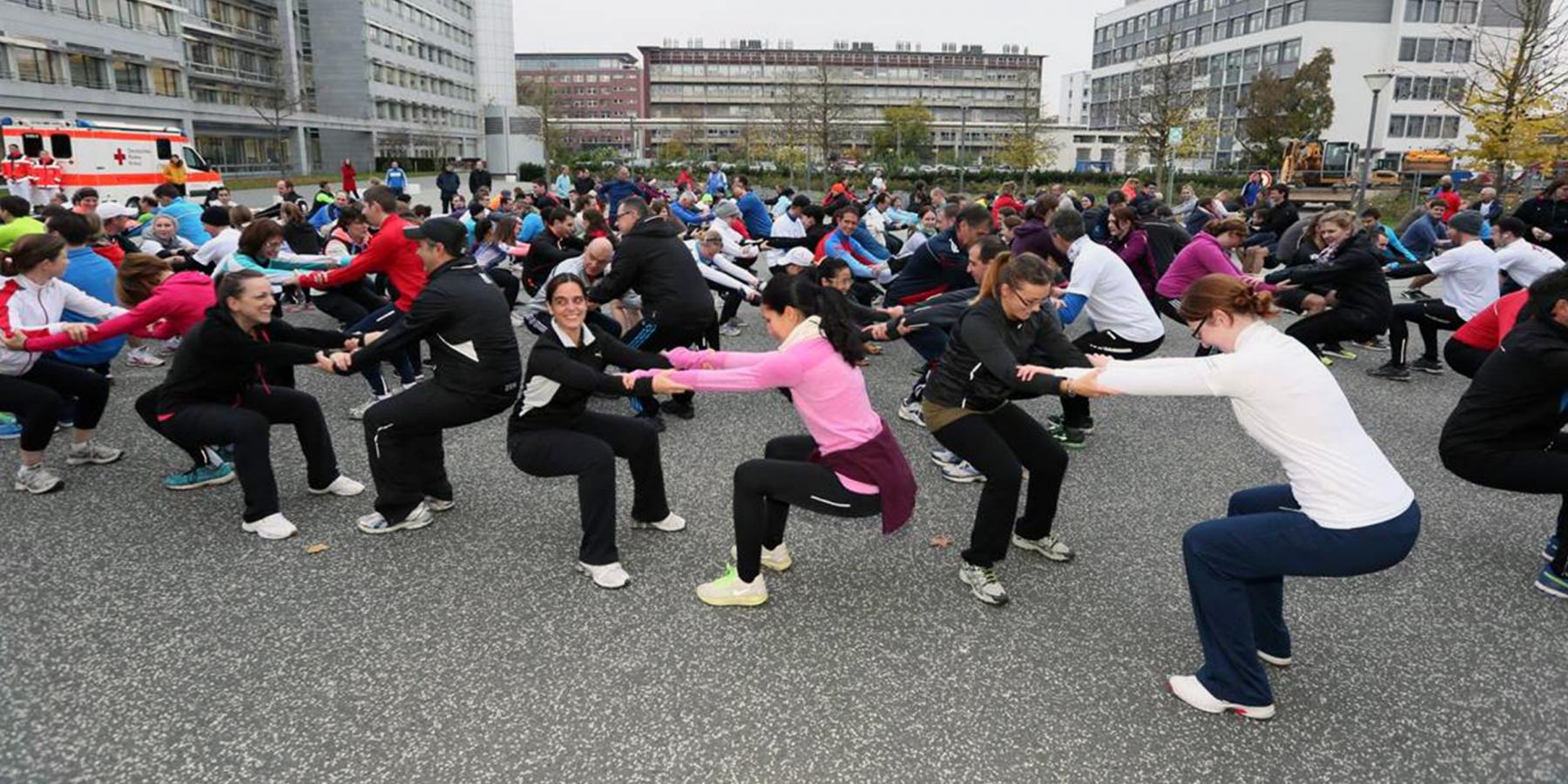In 2010, nearly 1/4 of adults, and over 4/5 adolescents did not meet the WHO’s physical activity recommendations, with women, girls and older people less active than men, boys and younger people. Insufficient physical activity is a leading risk factor for NCDs.
According to the 2014 Global Status Report on NCDs physical inactivity contributes to 3.2 million deaths and 69.3 million disability-adjusted life years (DALYs) each year. Physically active persons on the other hand have lower rates of coronary heart disease, high blood pressure, stroke, diabetes, colon and breast cancer, and depression.
Several environmental factors linked to urbanisation negatively impact on levels of physical activity, including fear of violence and crime in outdoor areas, outdoor air pollution and lack of parks, sidewalks and sports/recreation facilities. Urban and environmental policies therefore have huge potential to increase physical activity levels in the population. Multisectoral collaboration is needed to implement policies that encourage physical activity such as ensuring:
-
Walking, cycling and other forms of active transportation are accessible and safe for all;
-
Labour and workplace policies encourage physical activity;
-
Schools have safe spaces and facilities for students to spend their free time actively;
-
Sports and recreation facilities provide opportunities for everyone to be physically active.
In 2013, WHO Member States agreed a global target to reduce physical inactivity by 10% by 2025 guided by the Global NCD Action Plan 2013-2020 and in line with the WHO Global Strategy on Diet, Physical Activity and Health.


